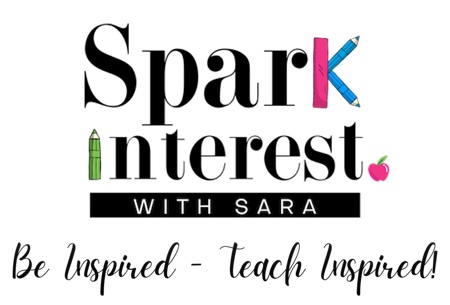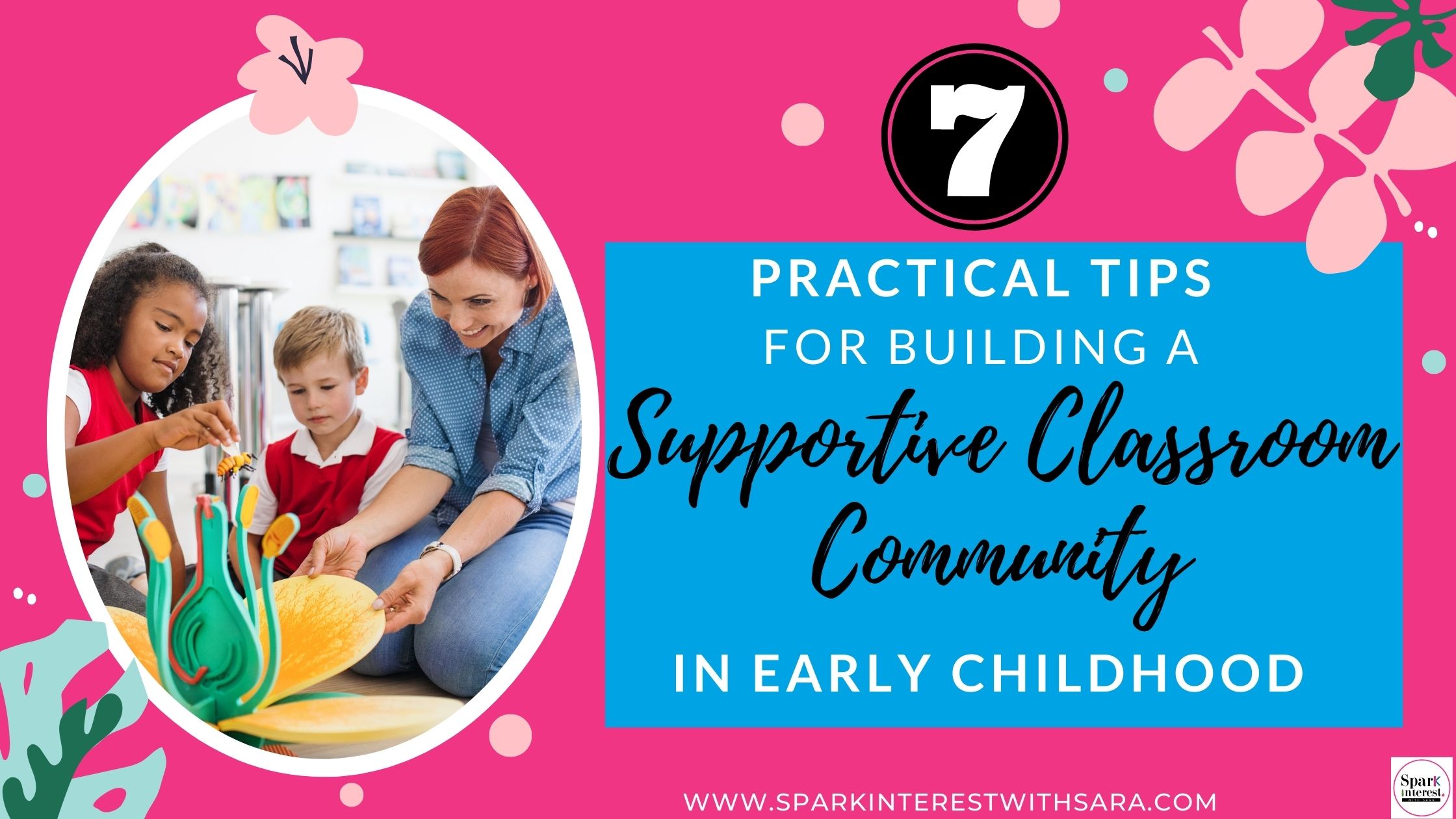
Building positive relationships with your students is not only essential for creating a warm and inclusive classroom environment but also lays the foundation for their academic and personal growth. As teachers, we can make a lasting impact on our students’ lives by nurturing these relationships.
Are you looking for practical ways to easily build those relationships with your preschoolers? I’m all about building connections, so today I’m gonna give you some practical strategies and fun activities that will help you build strong connections with your students, connect with their families, and create a thriving classroom community where every child feels valued and supported.
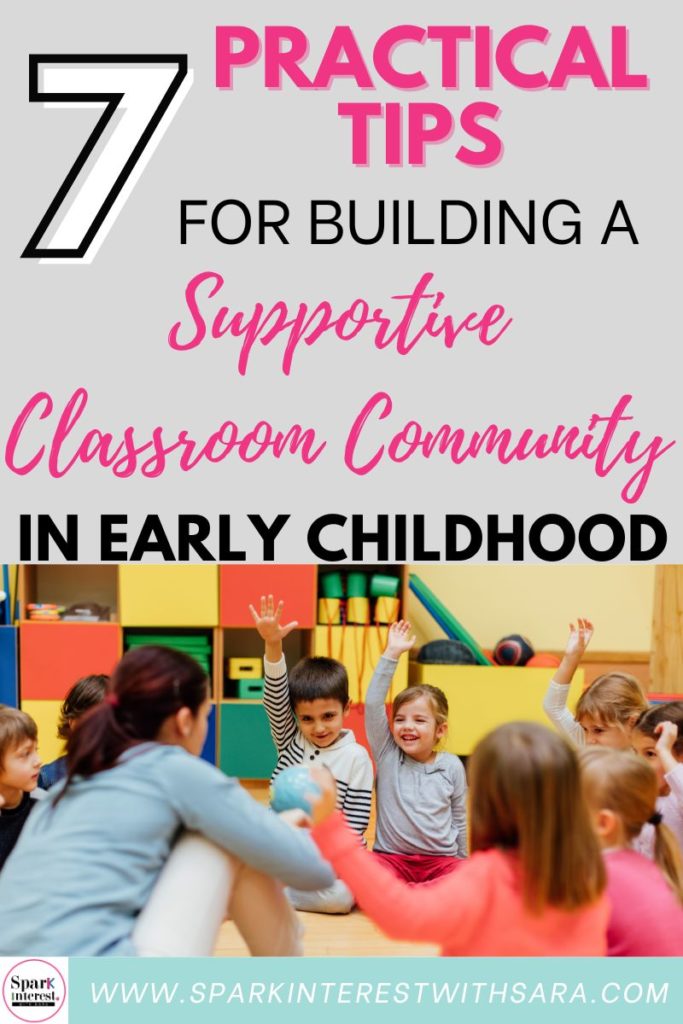
Why is building a classroom community so important?
Building positive relationships with students is SUPER important in the preschool classroom!
Firstly, strong teacher-student relationships create a sense of trust and safety, allowing students to feel comfortable expressing their thoughts, concerns, and questions.
When students feel valued and supported by their teacher, they are more likely to actively engage in the learning process, take risks, and participate in class discussions. Little learners are often heading into a classroom for the first time, and you want them to feel comfortable inside the classroom and around you as the teacher.
Secondly, positive relationships contribute to students’ social and emotional health. When teachers prioritize building connections with their students, they create a supportive community within the classroom. Students feel a sense of belonging and acceptance, positively impacting their self-esteem and overall mental health.
When teachers recognize and understand each student’s unique strengths, challenges, and interests, teachers can tailor their instruction and support to meet individual needs, promoting a positive self-image and a growth mindset.

During my first year of teaching, I met a student named Jake who challenged me everyday in the classroom through his disruptive behavior. I couldn’t seem to get him on-board anything we were doing in class and he became more and more disruptive as the days went on. I received some really good advice from a fellow teacher who reminded me to focus on building relationships with my students and that making connection building a priority, will build dividends.
So that’s what I did with Jake. I was determined to build a positive relationship with him. I took the time to understand his interests and challenges inside and outside the classroom. I discovered his love for soccer and his struggles with joining others in play. So I made sure to have opportunities to play soccer with a few students to support him. Also, I made a point to have regular check-ins with him, providing a safe space for him to express his thoughts and concerns.
As the days passed, Jake’s sense of belonging and connection grew and with that, he began actively participating in class discussions and seeking help when needed.
Ultimately, positive relationships with students create a positive classroom environment where empathy, respect, and collaboration thrive, creating a foundation for lifelong learning and success.
How to Create a Classroom Community & Build Positive Relationships with Your Students?
Building positive relationships is essential. By creating connections with our students and helping our students connect with each other, we will create an environment where trust, respect, and engagement are at the front of all our minds.
Always remember building positive relationships goes beyond simply knowing students’ names or having casual interactions. It requires intentional effort to truly understand and connect with each individual student on a deeper level.
Here are some things I do in my preschool classroom throughout the year to ensure this happens
- Get to Know Your Students
Taking the time to truly know your students is the first step towards building positive relationships. Encourage open communication and trust.
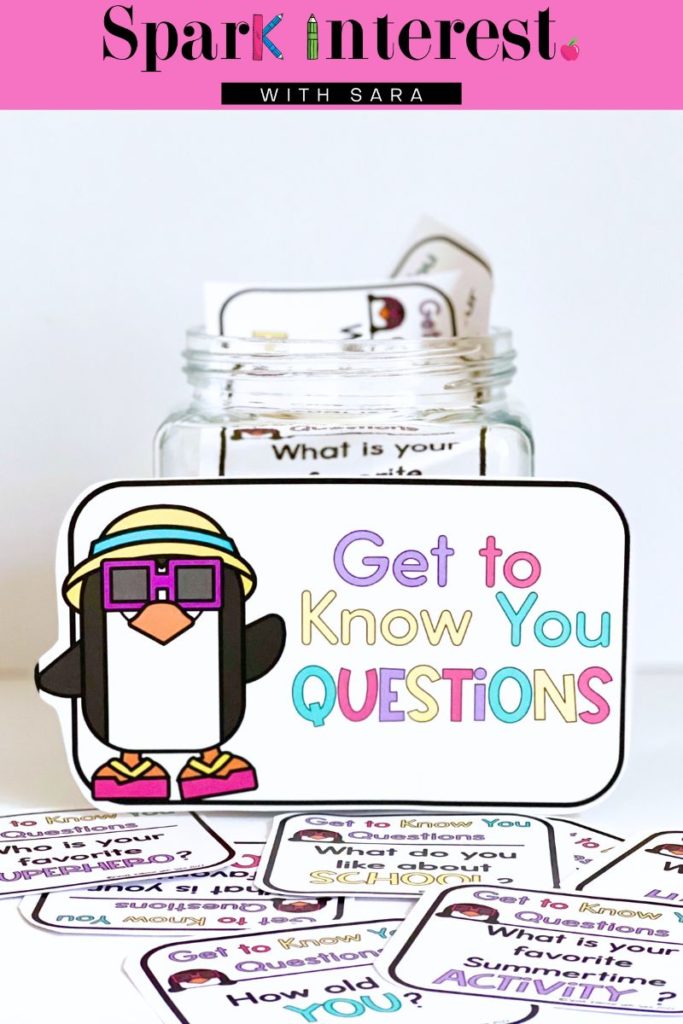
Getting to know you activities include:
- Creating a “Getting to Know You” Question Jar
- Playing ice-breaker games or delving into Would You Rather Questions
- Bringing in family photos to share with the class.
- Asking families to share the meaning behind their child’s name, fostering a sense of belonging and cultural appreciation.
- Building a sense of community by having your students complete a kindness challenge or create friendship bracelets as gifts for classmates and teachers.
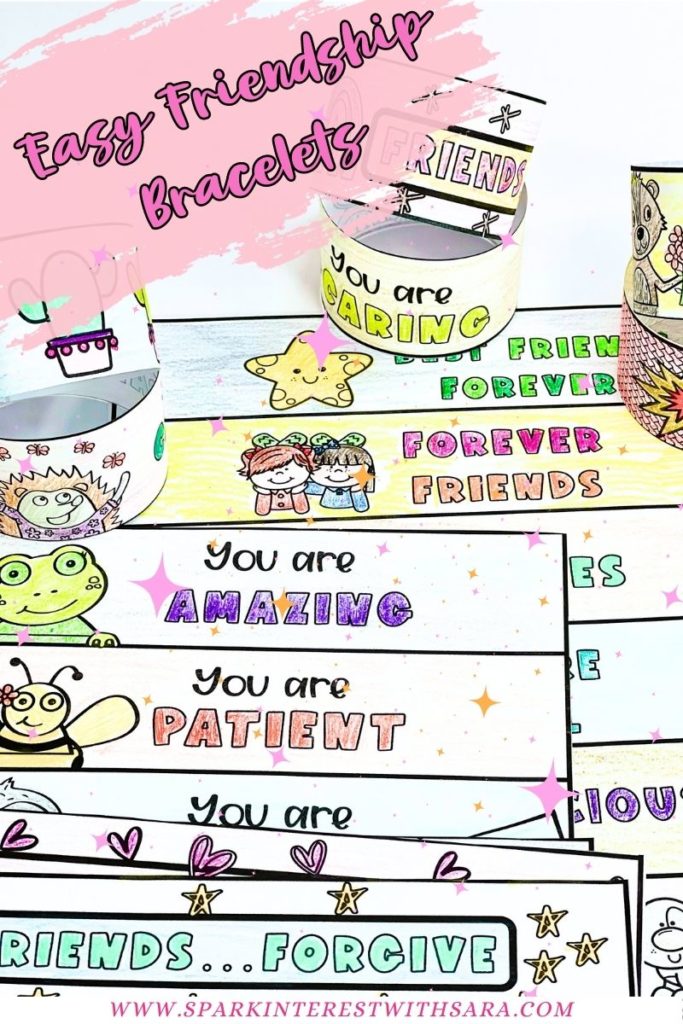
- Connect with Families
Remember, by connecting with families, you are connecting with the most important people in your students’ lives. Regularly communicate with parents through notes home, sharing positive moments about their child’s progress and achievements. Invite families to help in the classroom or share their expertise, creating a collaborative partnership that benefits the child’s overall development.
- Spend Time Talking and Listening
Actively listen to your students and encourage them to share their thoughts and ideas. During your morning meeting, you may want to do a daily check-in with each student. This may give you a little information on their feelings and how they may affect the student throughout the day.
Engage in group discussions while reading books together or incorporate activities like Think/Pair/Share, where your students are invited to pair up, share their thoughts on a given question or topic.
For your more reserved students, interactive exercises like “Silly Scenes” can help bring them out of their shells. If you haven’t encountered Silly Scenes, they are pictures with some funny and unusual additions to them. Your students will love the silliness of them and will not be able to contain themselves!
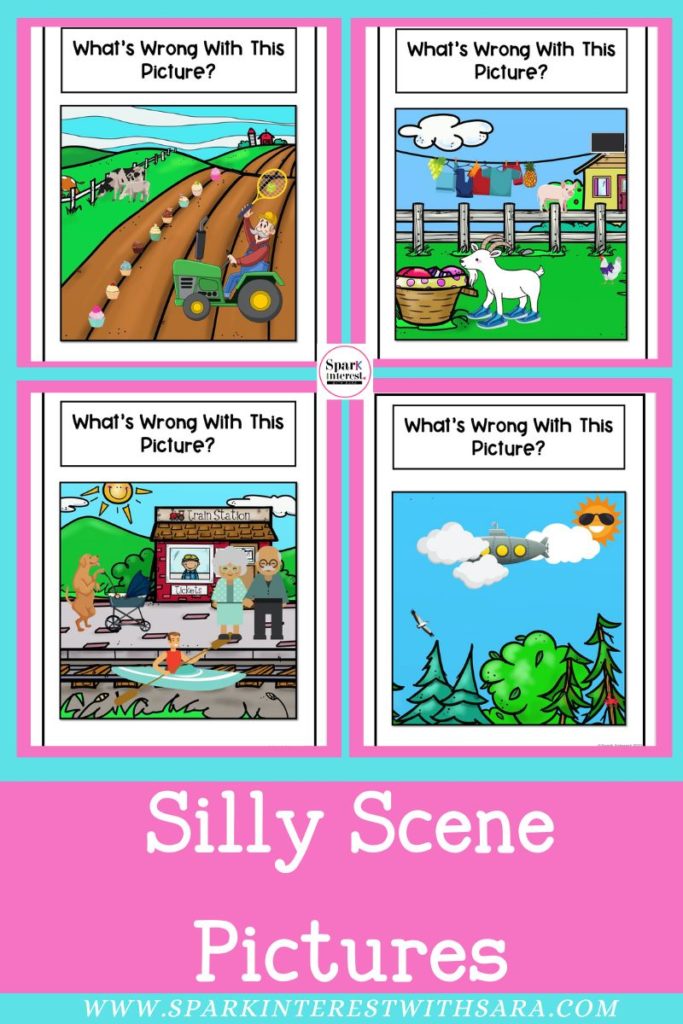
One last thing you could do is implement listening activities that promote active listening skills, fostering effective communication within the classroom. For more ideas on this, check out my blog post on The 4 Easiest Listening Activities You Can Implement Today!
- Teach and Encourage Kindness
Kindness is the cornerstone of positive relationships. It is imperative that you consciously teach your students exactly what kindness is and how it affects friendships. Integrate kindness activities and lessons into your curriculum, promoting empathy and friendship skills.
Have you had a chance to download my Kindness Bingo Freebie? Click on the image below to grab it today! It will make a great addition to your ‘Kindness Curriculum’.
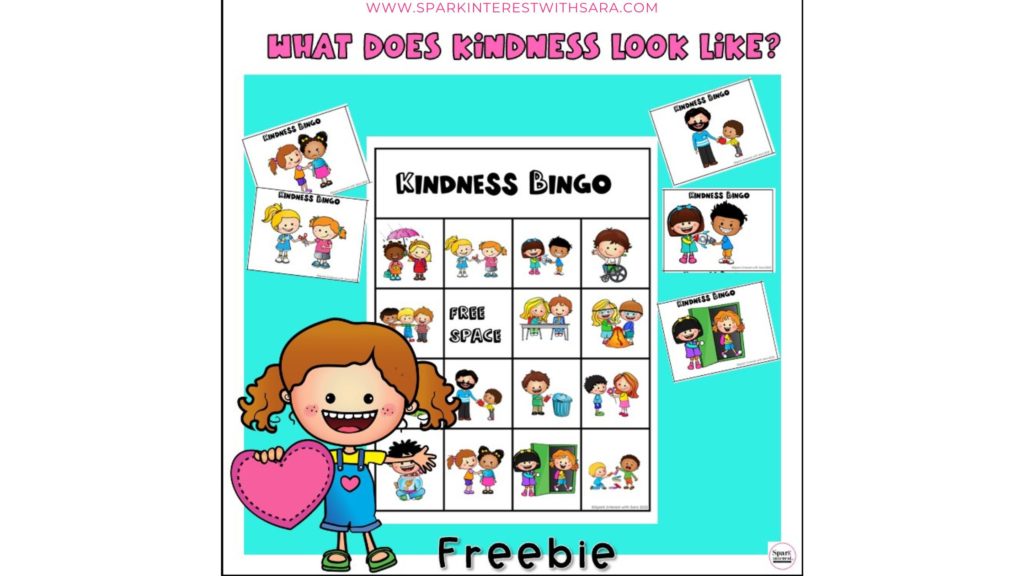
If you are looking for more ideas, explore some of my best selling kindness resources such as my “Kindness Bundle” and “Recipe for Being a Good Friend“. These have been specially created to develop a culture of kindness and compassion for preschool and kindergarten classrooms. You may also want to try these resources as well: “Sharing a Friend” and “Social Scenario Problem Solving Cards.”
- Share a Bit About Your Life
Creating a personal connection with your students involves sharing aspects of your life. Discuss what matters to you, share interesting tidbits like favorite sports teams or singers, and recommend your favorite picture books. Sharing stories about your own school experiences or when you were in preschool can also help students relate to you and build trust.
- Give Students a Voice
Empower your students by involving them in decision-making processes within the classroom. Together create classroom mottos or rules, allowing them to contribute their ideas and perspectives. Follow their interests and incorporate them into your lessons, and seek their input on classroom decor and organization. Ask for their input whenever you can. Consider asking questions like, is the space working? Do we need to rearrange or make certain areas larger? Should we put more student artwork on the wall? What kind of classroom posters should we include?
- Build Connection Points
Create intentional moments for connection throughout the day. Greet each student individually in the morning, setting a positive tone for the day. Implement morning meetings where students can check in and share their thoughts. End the day with reflection questions, such as highlighting the best part of their day or recognizing acts of kindness. These rituals foster a sense of belonging and strengthen the classroom community.
How do I Build Classroom Community & Create a Supportive Classroom Community?
By implementing these strategies, you will not only build positive relationships with your students but also create a supportive and engaging learning environment where every child thrives. Remember, the connections you build today will have a lasting impact on their academic success and personal development. Let’s embark on this journey of building positive relationships, one interaction at a time!
Let's Connect:

Sara
